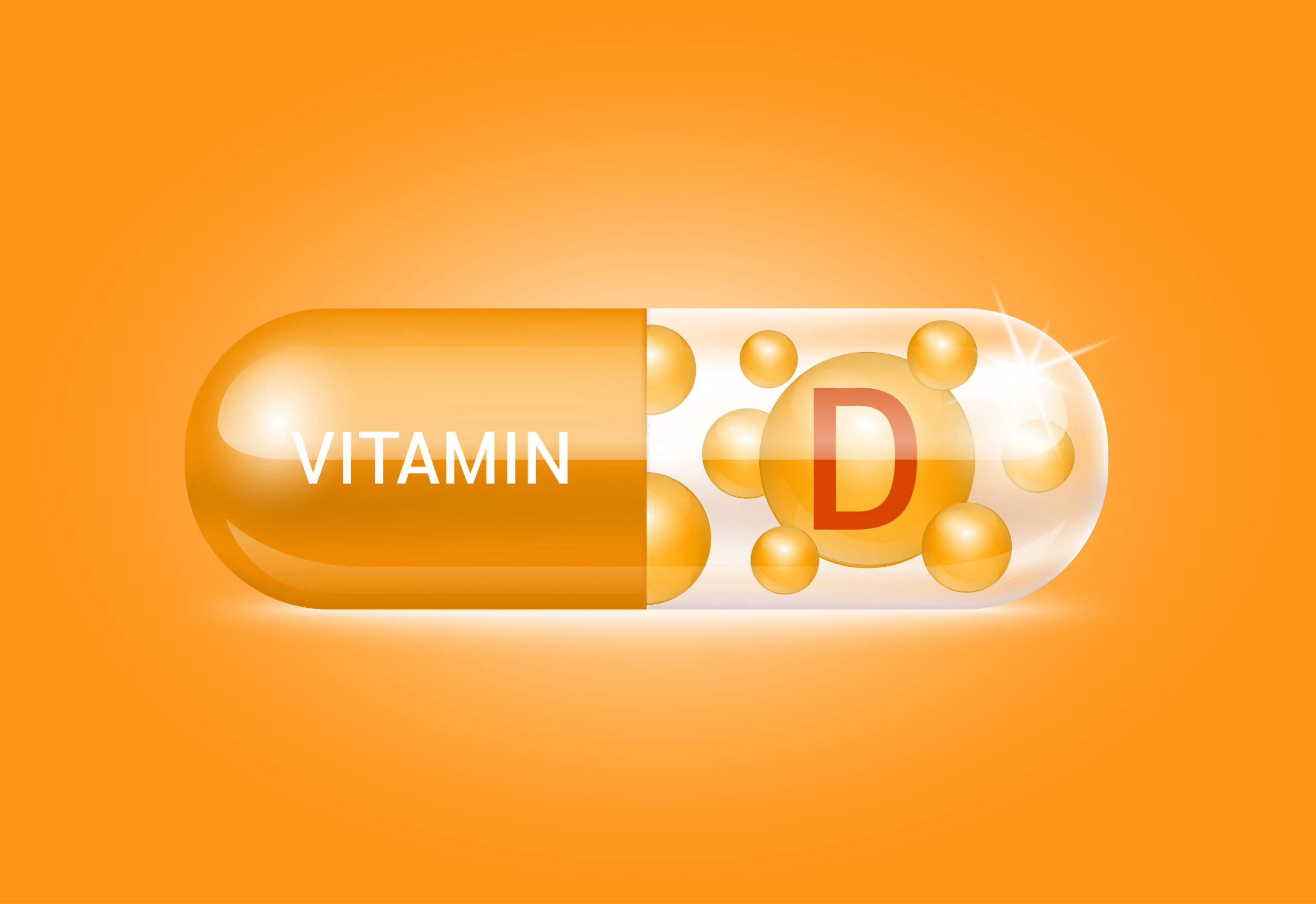From Rickets to Beyond
First isolated in 1920 as a cure for the crippling childhood disease rickets, Vitamin D has transformed from a rickets-buster to a potent influencer in diverse areas of human health.
Not Your Typical Vitamin
Dubbed a vitamin, this nutrient takes liberties with the label. Unlike traditional vitamins that you need to source from your diet, Vitamin D is your body’s DIY project, synthesized when your skin meets sunlight. But modern lifestyle shifts have led us to depend more on fortified foods and supplements, making Vitamin D inch closer to its technical “vitamin” tag.
What’s in a ‘D’?
Forget calling it just “Vitamin D”; it’s a family of chemicals. Your skin takes cholesterol, couples it with the UVB rays of the sun, and voila, Vitamin D3 is born. Alternatively, D2 emerges from plant sterols exposed to UV energy. But both D2 and D3 need a body-transforming magic trick to activate.
The Magical Journey Inside You
Your body is a Vitamin D workshop. First, it heads to the liver, acquires extra atoms, and becomes 25-hydroxyvitamin D (25(OH)D). Then it shifts to the kidneys for the final touch. The finished product? Calcitriol, your body’s active Vitamin D form.
D’s Vital Roles
Bone health? Check. But that’s old news. Vitamin D also lends a hand in everything from heart health to potentially fighting prostate cancer. Most tissues in your body have special slots (receptors) ready to welcome Vitamin D, each unlocking a series of beneficial reactions.
Low on ‘D’: A Modern Epidemic
In a society increasingly isolated from nature, low Vitamin D levels are alarmingly common. A plethora of factors—like living far from the equator or indoor lifestyles—contribute. The impact? A heightened risk of osteoporosis, fractures, and possibly even some cancers.
The Great ‘D-bate’
Medical opinions diverge on how much Vitamin D is enough and its impact on osteoporosis and fractures. Some studies applaud the benefits of supplementation; others are inconclusive. The “correct” amount? Not definitively known. But overdose at your peril—Vitamin D can turn toxic in high amounts.
‘D’ for Defense
While sunshine can fuel your Vitamin D synthesis, it’s a double-edged sword due to the risk of skin cancer. The remedy? Opt for Vitamin D supplements and fortified foods. Natural sources like fatty fish are also options, but you’d have to eat a small ocean to meet your daily needs.
Future Tidings
Intriguingly, Vitamin D’s link to cancer prevention is still in the experimental stage but holds promise. Ongoing research might illuminate how this versatile nutrient could be a game-changer in modern health.
Final Words
If you want to stay ahead in the Vitamin D game, consider high-quality supplements like Thorne’s Vitamin D/K2 or Nordic Naturals Vitamin D3. These are meticulously designed and offer the best bang for your ‘D’-buck.

